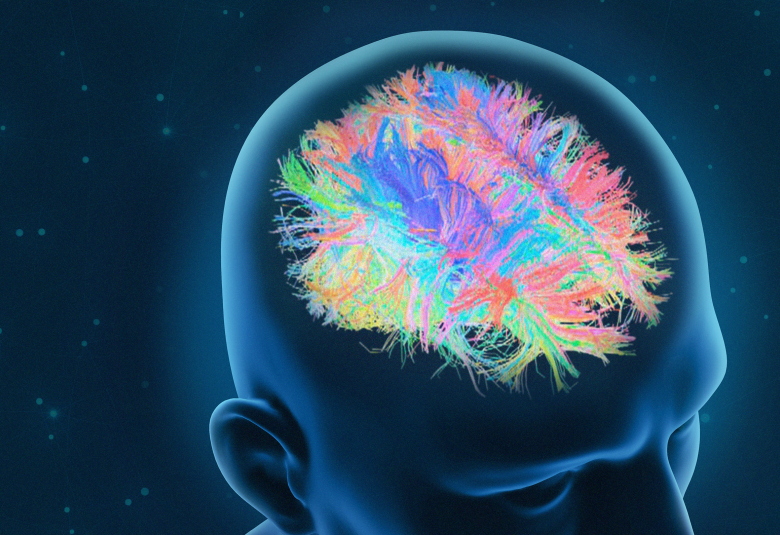New real-world data on the effectiveness, tolerability, and other benefits of migraine prevention associated with the use of calcitonin gene-related peptide monoclonal (CGRP) antibodies (mAbs) were presented at the Migraine Trust International Symposium 2022. Other topics considered were important factors to consider in migraine treatment decision making and learnings from real-world data about stopping or switching CGRP mAbs.
New real-world data for calcitonin gene-related peptide monoclonal antibodies
Real-world data support the effectiveness, tolerability, reduced healthcare resource utilization, and improved quality of life associated with the use of CGRP mAbs for the prevention of migraine1–3
The clinical trial data on the efficacy and safety of calcitonin gene-related peptide (CGRP) monoclonal antibodies (mAbs) are now supported by real-world data,1,2 said Professor Julio Pascual Gómez, Santander, Spain.
These data also demonstrate that CGRP mAb treatment has a beneficial effect on comorbid depressive and anxiety symptoms and quality of life, results in a significant improvement in the scores of “whole pain burden,”1 and is associated with decreased emergency department and outpatient visits.3
Important factors to consider in migraine treatment decision making
Four important factors to consider in migraine treatment decision making are efficacy, safety, adherence, and quality of life (QoL), said Professor Cristina Tassorelli, Pavia, Italy.
The total pain burden might provide a better characterization of pain burden and treatment response4
In addition, capturing the consequences of migraine by calculating the total pain burden of migraine as a composite measure of frequency, duration, and severity might provide a better characterization of pain burden and treatment response.4
Professor Tassorelli highlighted that multiple components contribute to the burden of migraine and extend beyond the individual with the migraine. This migraine-attributed concept has been captured in a consensus statement as follows: “The negative consequences of the disease include those occurring during or between migraine attacks, some that are borne by others than those with the disease, some that are cumulative over time and some that outlast the currency of the disease. Some negative consequences for the person with the disease may arise from the diagnostic label rather than the disease itself.”5
Symptoms beyond the headache that drive patients to seek care6
It may be symptoms beyond the headache that drive patients to seek care, explained Professor Tassorelli, for example, migraine-related disability, cutaneous allodynia and interictal burden.6
What do real-world data reveal about stopping or switching CGRP mAbs?
Important factors to consider when stopping and starting CGRP mAbs in clinical practice were presented by Dr Giorgio Lambru, London, UK.
Most patients who discontinue CGRP mAb after 12 months of treatment experience an increase in migraine frequency7
He described a study of 52 patients to evaluate the effect of discontinuation of CGRP MAbs after 12 months of treatment on monthly migraine days. Most patients (88.9%) restarted treatment because of an increase in migraine frequency.7
Further studies have shown that:
- Discontinuation of CGRP mAb results in progressive worsening of migraine-specific disability and headache8
- Restarting CGRP mAb after a drug holiday leads to a significant reduction of migraine frequency and medication use as well as improvement in quality of life9
Some patients who fail to respond to a CGRP-receptor mAb might benefit from a treatment switch to a CGRP mAb10
Finally, Dr Lambru highlighted a study demonstrating that a relevant proportion of patients who have previously failed to respond to a CGRP-receptor-mAb might benefit from a treatment switch to a CGRP-mAb.10
This symposium was sponsored by Lilly.
Our correspondent’s highlights from the symposium are meant as a fair representation of the scientific content presented. The views and opinions expressed on this page do not necessarily reflect those of Lundbeck.




